We tested popular DIY air dry clay recipes to find the best homemade clay for craft projects! Comparisons of baking soda clay vs glue and cornstarch clay, with tips and tricks on how to make strong and durable air dry clay!
I am currently addicted to homemade air dry clay! It is such a fun crafting material (as good as salt dough, in different ways!) for kids and adults. It takes only a few minutes to make, using easy to find non-toxic ingredients most of us already have!
You are watching: 2 Best DIY Air Dry Clay Recipes {No Bake Salt Dough Alternative}
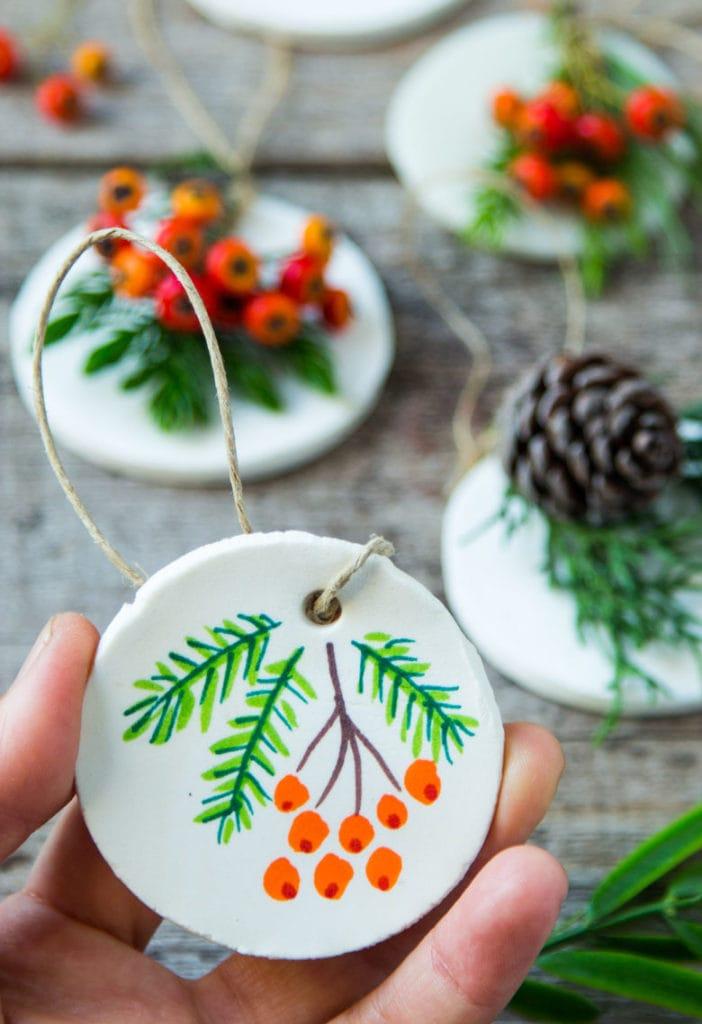
After testing a bunch of recipes, we selected two of our favorite air dry clay recipes (the second recipe is the most fail proof! ) to share with you today! We will start with the recipes, followed by comparisons and additional tips and tricks, and some fun and beautiful air dry clay project ideas.
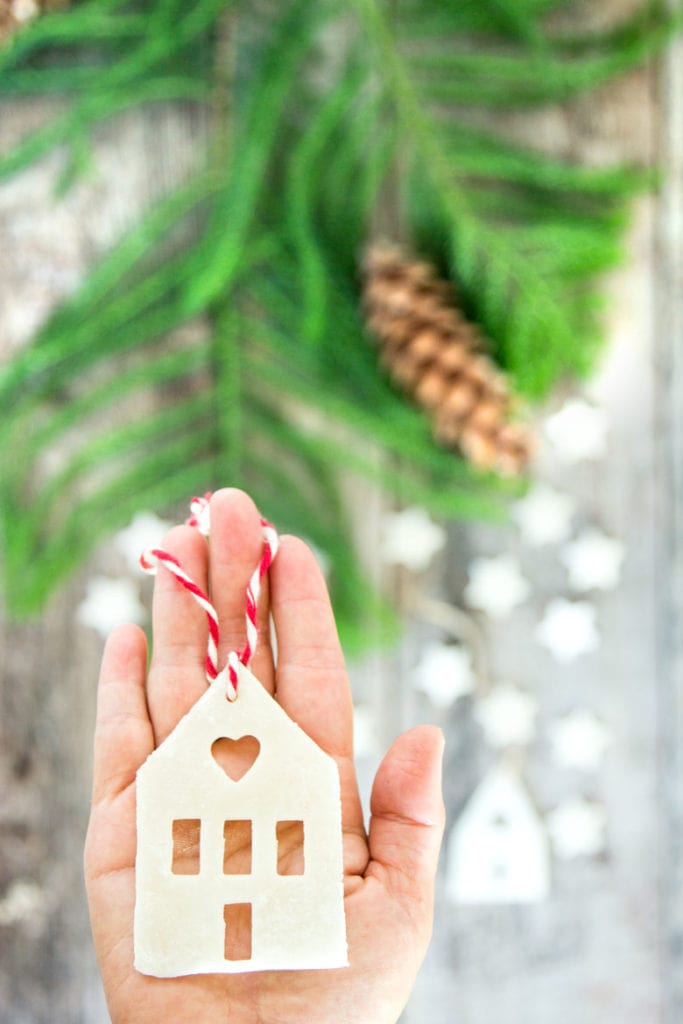
This is Part 1 of our DIY air dry clay series. Here are Part 2 and 3:
Part 2: how to make DIY clay and salt dough ornaments.
Part 3: how to decorate beautiful air dry clay and salt dough Christmas ornaments. You will love them! 🙂
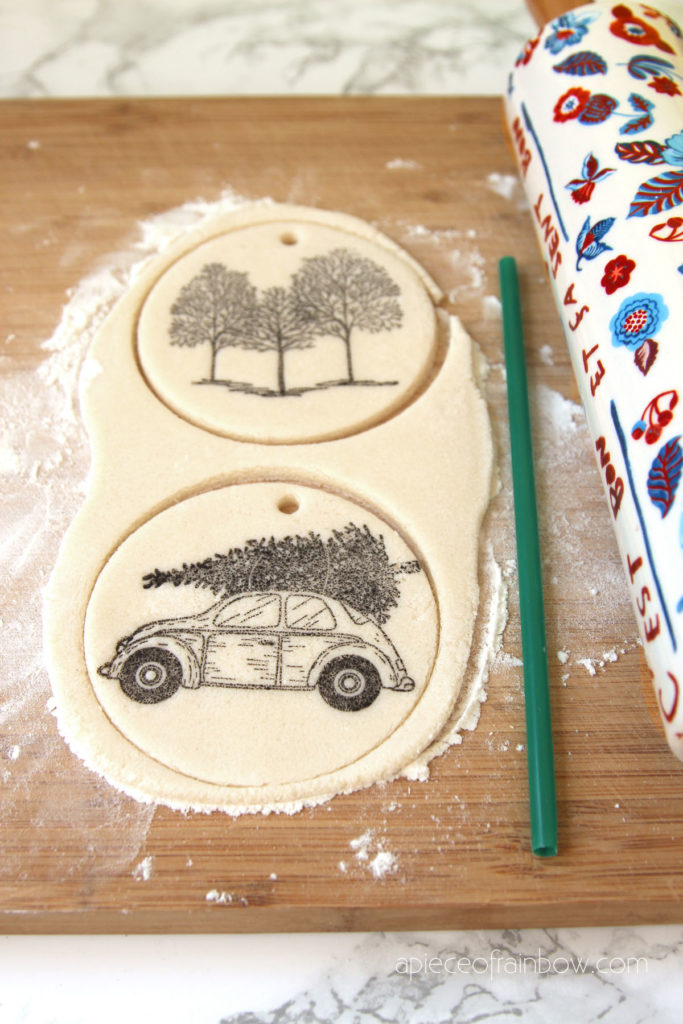
This is a no-bake alternative to salt dough. However, salt dough is more forgiving and less prone to cracking. If you want a great recipe made with all purpose flour and salt, check out our tests of best salt dough recipes here!
Which recipe is the #1 winner?
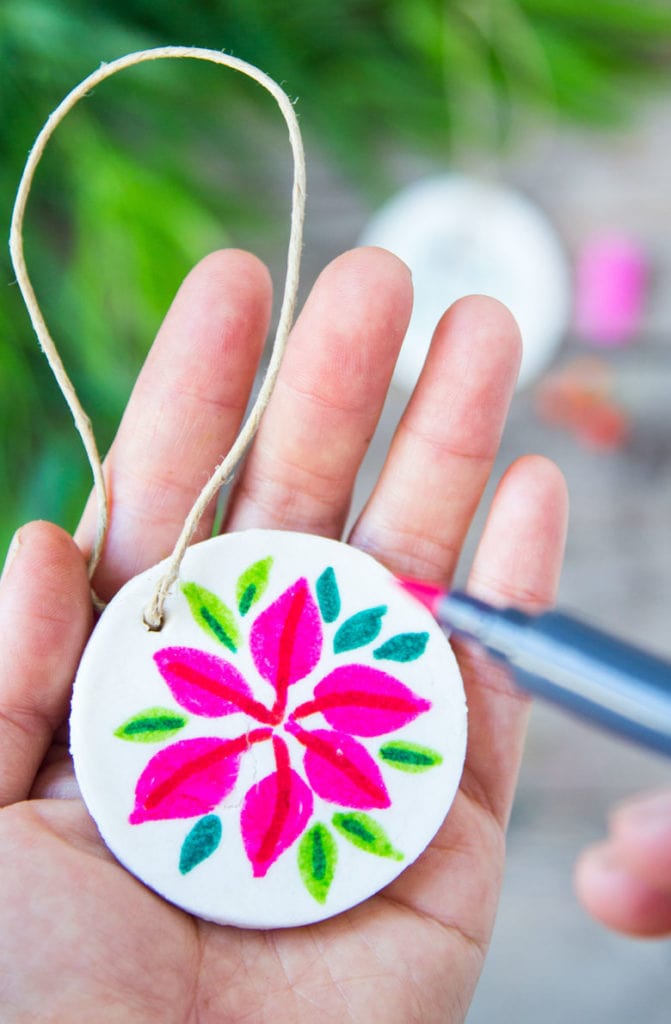
For a fail-proof crack-proof clay, or a modeling clay that can take more details, definitely try the second recipe: glue and corn starch clay. It is also very strong and durable when it air dries thoroughly.
The best things about the first baking soda clay is that it dries to a beautiful opaque white, shrinks less while drying, and looks amazing decorated with watercolors or brush markers. However, it is prone to cracking. Read the helpful tips in the FAQ section at the end on how to minimize cracks.
Make it portable
Baking soda and cornstarch air dry clay recipe
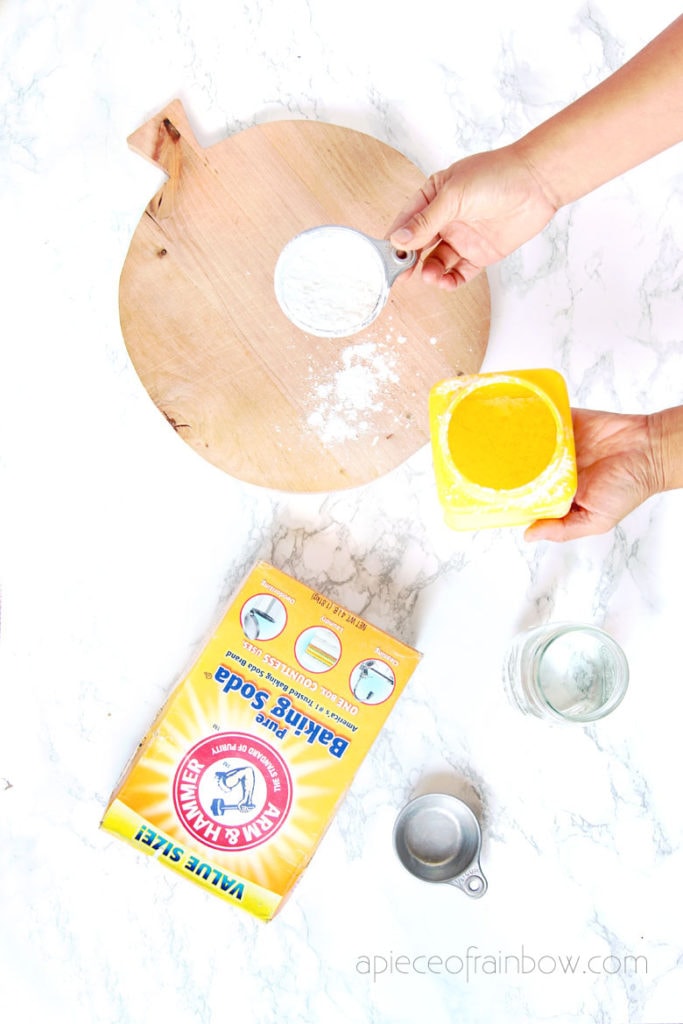
- 1 cupcornstarch
- 2 cupsbaking soda
- 1.5 cup cold water. ( You can also add food coloring to both recipes to make colored air dry clay.)
Stir all 3 ingredients together in a non stick pot, put the pot on medium or low heat, cook for a few minutes.
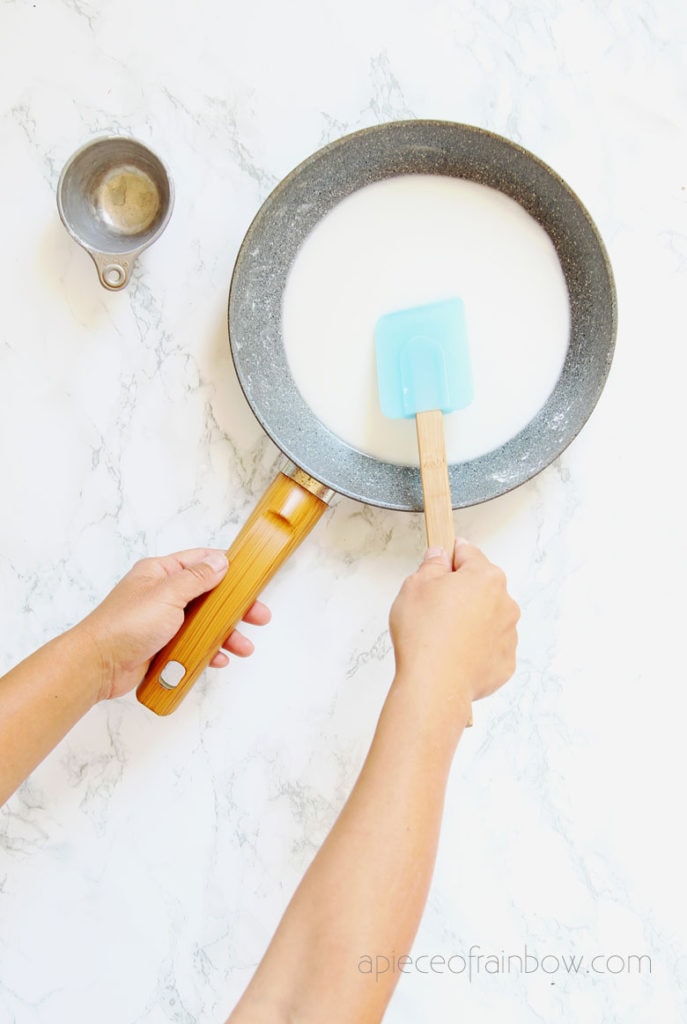
The mixture will change from a soft paste to a consistency of mashed potatoes.
IMPORTANT tip:
Turn off the heat or remove the pan from the burner as soon as the mixture pulls away from the pan, especially if it’s electric stove.
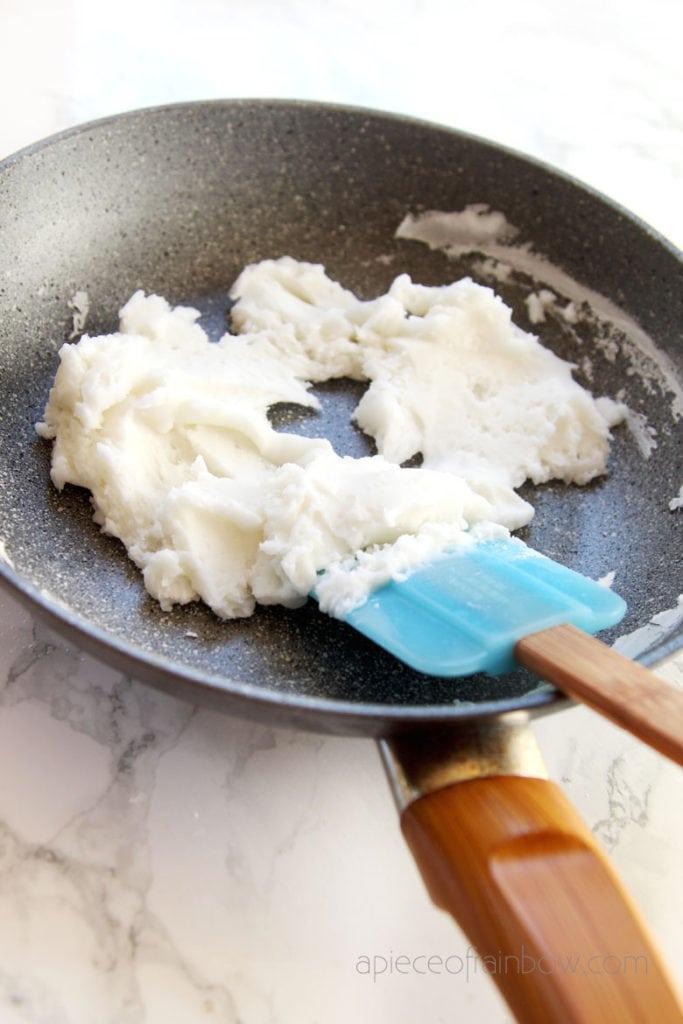
Transfer the dough to a container and keep covered while it cools. Now your baking soda air dry clay is ready to use! Read the helpful tips in the FAQ section at the end on how to minimize cracks.
Glue and cornstarch air dry porcelain clay recipe
- 1 cup cornstarch
- 1 cup Elmers glue or any white craft glue
- 1 tablespoon white vinegar or lemon juice as a preservative
- 1 tablespoon mineral oil ( you can also use vegetable oil) which creates a smooth silky texture
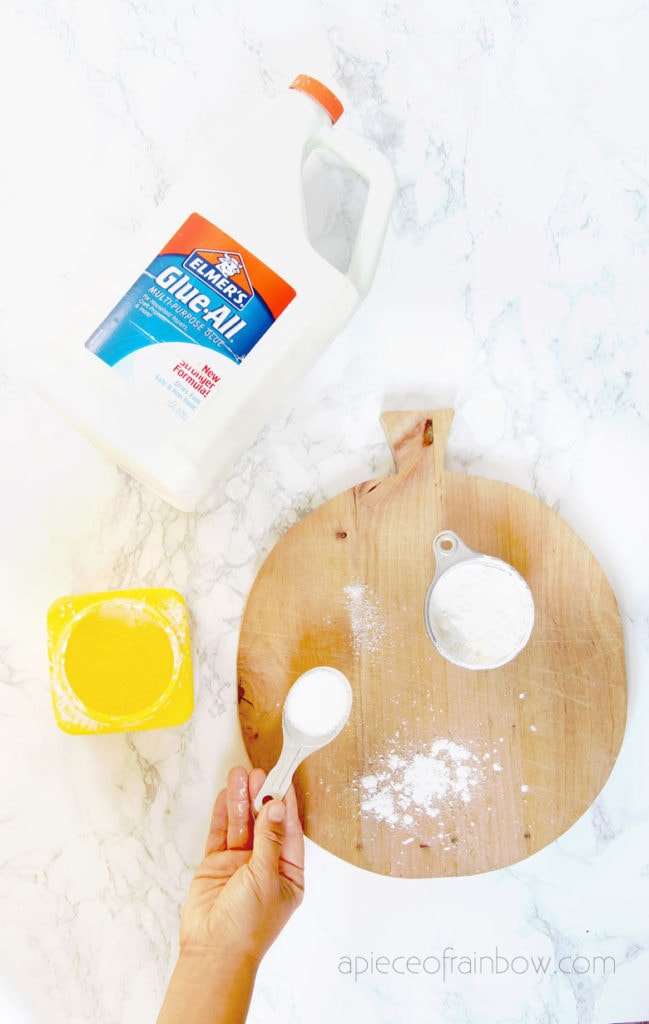
Mix everything together in a non stick pan and cook or low or medium heat as described in the baking soda clay recipe above. The only difference is that the mixture will start to look like cottage cheese with little lumps. That’s when you would remove it from the heat.
Don’t over-cook this dough. It is almost fail proof, but over cooking will turn your dough hard and leathery! Remove the pan from the burner as soon as the mixture pulls away from the pan, especially if it’s electric stove.
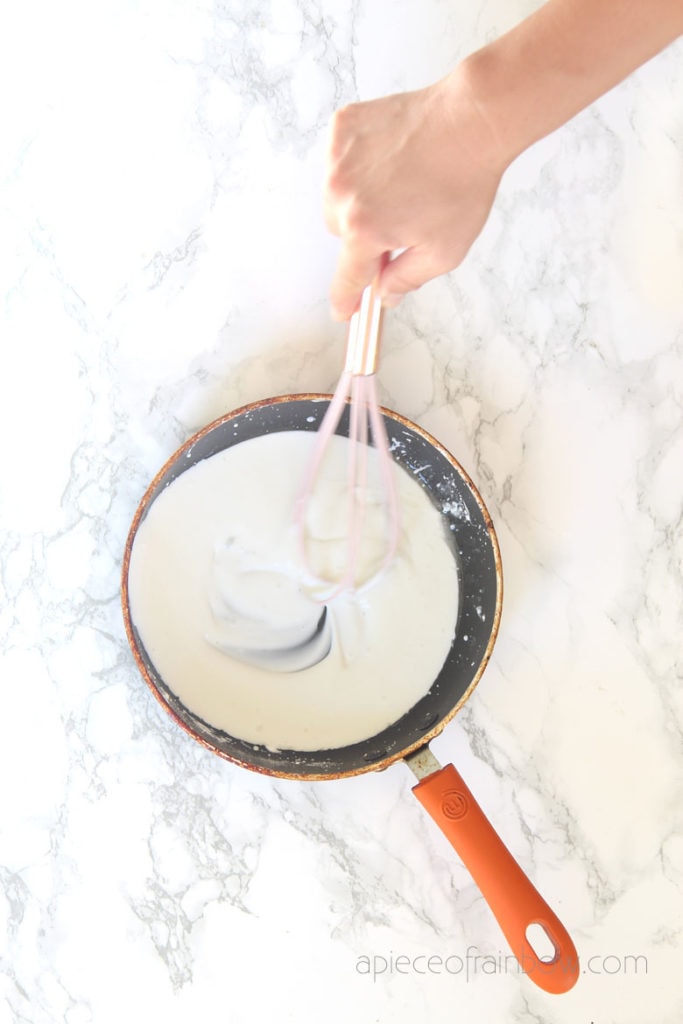
Read more : How To Make Bath Bombs Foam
I have seen instructions to cook the mixture in the microwave, but I prefer stove top because everything cooks more evenly and it is easier to see when the mixture is ready.
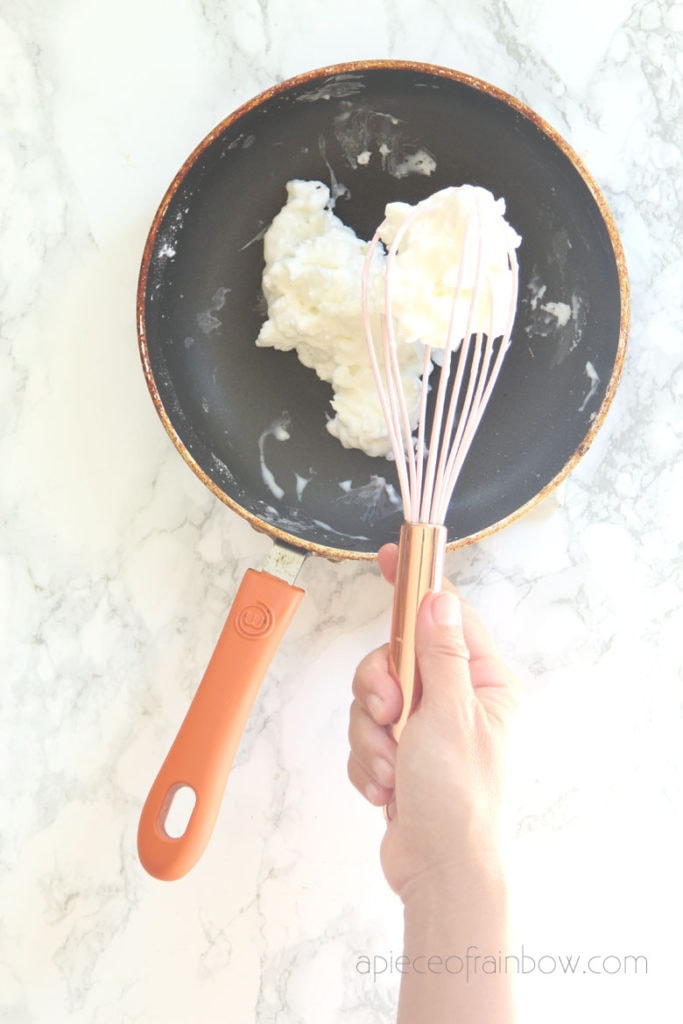
This dough is more sticky than baking soda dough. Have plenty of corn starch for dusting and rolling.
How to use homemade air dry clay
Here’s our detailed tutorial on how to make the ornaments and the star garland. You can use cookie cutters and a rolling pin: mini cookie cutters like these are great for adding interesting details and making mini stars, round cutters ( I used this set) and Christmas cookie cutters are great for ornaments. And LED fairy lights for the star garland.
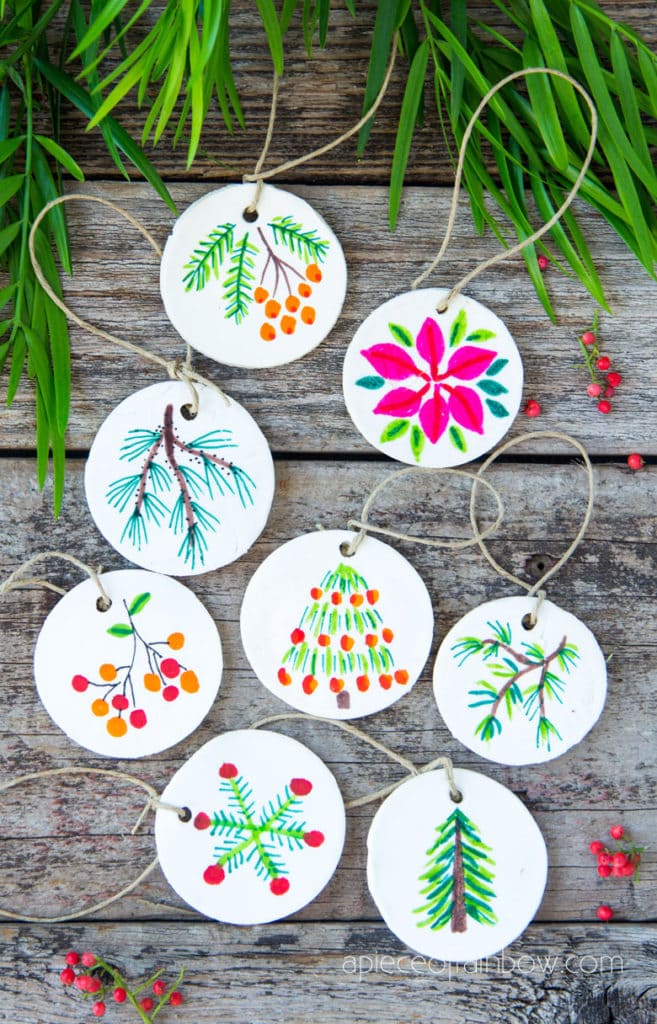
These two homemade air dry clay have very different characteristics which we will compare in the next section below.
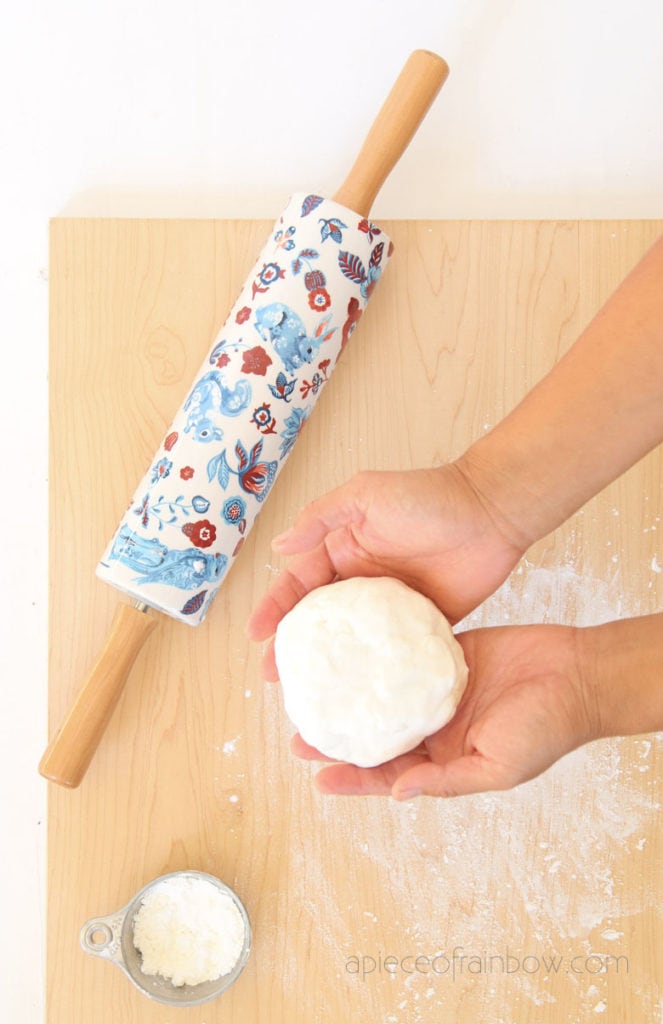
You can use homemade clay just like play dough. Always Keep the extra portion well wrapped when not using. You can store the clay in the fridge for 1-2 weeks.
I will share more details and tips on how to roll the clay and make different ornaments in an upcoming tutorial, so stay tuned! 🙂
So which air dry clay recipe should you choose? Let’s look at some comparisons of these two popular recipes.
Baking soda clay pros and cons
Pros: I love the simplicity of the 3-ingredient Baking soda clay! It dries beautifully to a white clay texture and looks gorgeous painted with watercolor or other paints and markers. (Tutorial coming soon!)
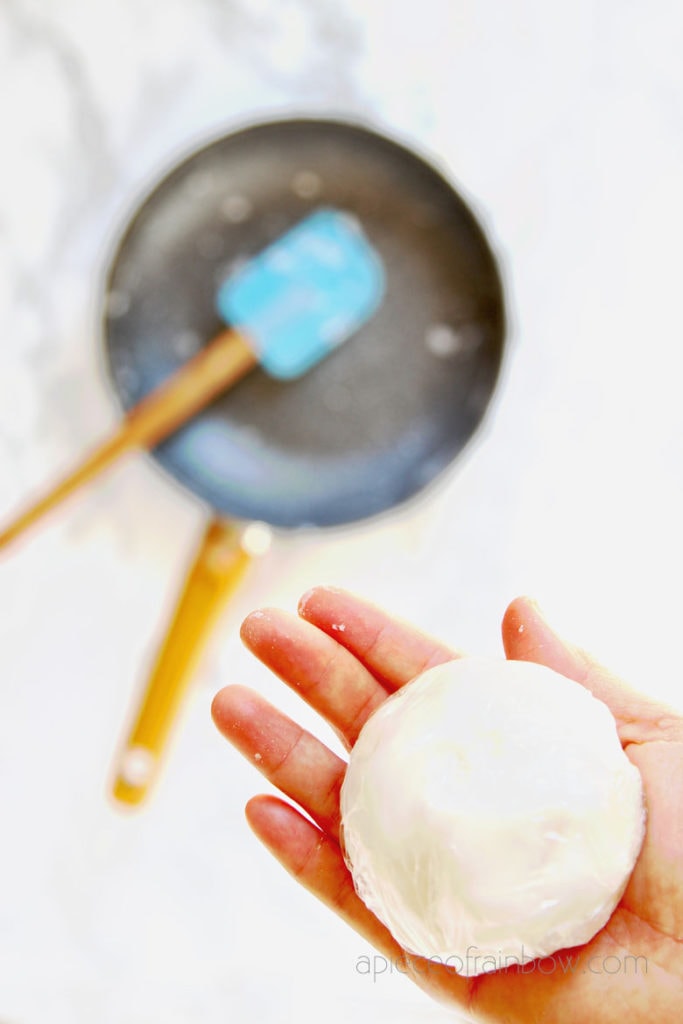
Cons: it is more fragile and not as suitable for detailed designs as the glue and cornstarch clay. The clay can crack if drying too fast. It is best to dry it slowly away from sun and heat for the first 24 hours.
Other things to consider: As an air drying clay, it is not as durable as the glue clay. However, it becomes quite strong if you bake it at 170 to 200 degree Fahrenheit for about 30 minutes, after it dries in room temperature for 1-2 days (to prevent cracking ).
You may also love: how to make “bleached” pine cones without using bleach, perfect for farmhouse and holiday easy decor!
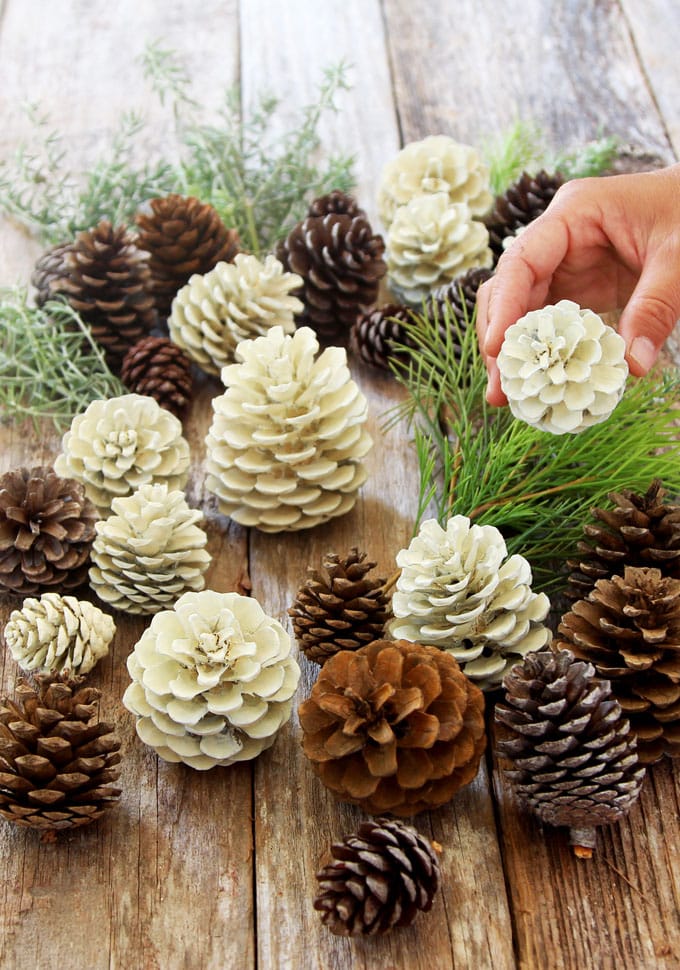
Glue and cornstarch clay pros and cons
Pros: This homemade clay is fail-proof! It feels like play dough and silky porcelain clay. Because it is more pliable and stretchy, you can roll the clay dough thinner, and create more intricate details like mini house ornaments with tiny windows.

It does not crack, and is quite strong and durable after it air dries for about 5 days. Baking does not improve the strength of this clay.
Cons: Requires more ingredients to make. As it dries, it shrinks a bit especially on the edges and becomes more translucent ivory white vs pure white.
Other things to consider: The image below shows the difference between the two types of clay after they are dried. You can see the baking soda clay pieces on the left are more opaque white.
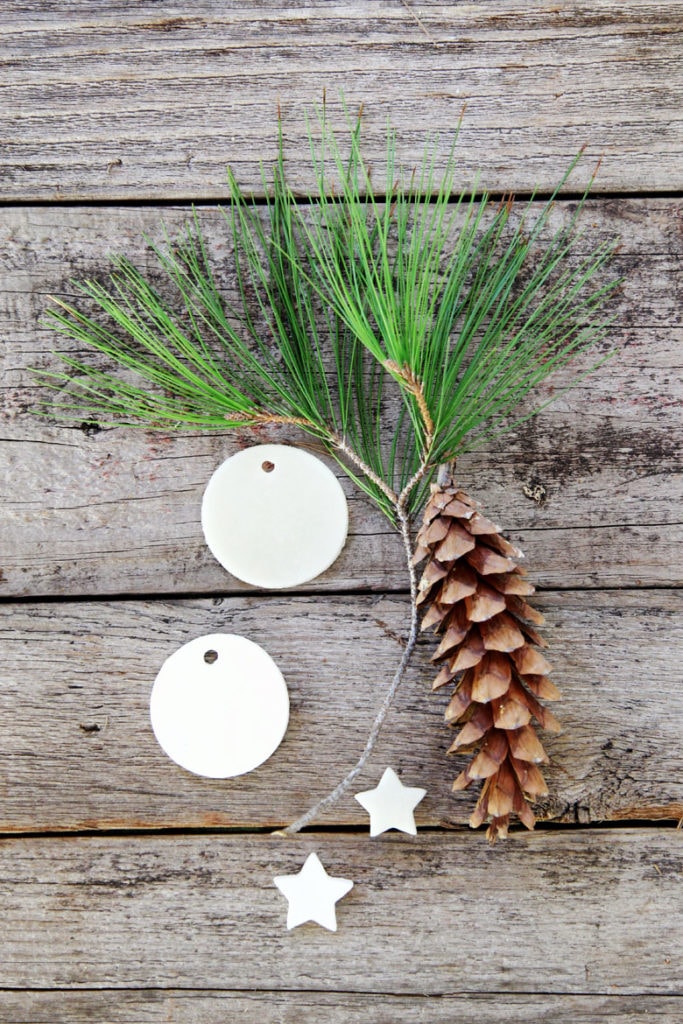
Read more : Smoked Chuck Roast on a Pit Boss Pellet Grill
If you like the pure white look of baking soda clay, you can add a tablespoon of white acrylic or craft paint after this clay cooks and knead it into the dough.
Wouldn’t these homemade clay ornaments look gorgeous on your DIY gift wrapping? Tutorial here!
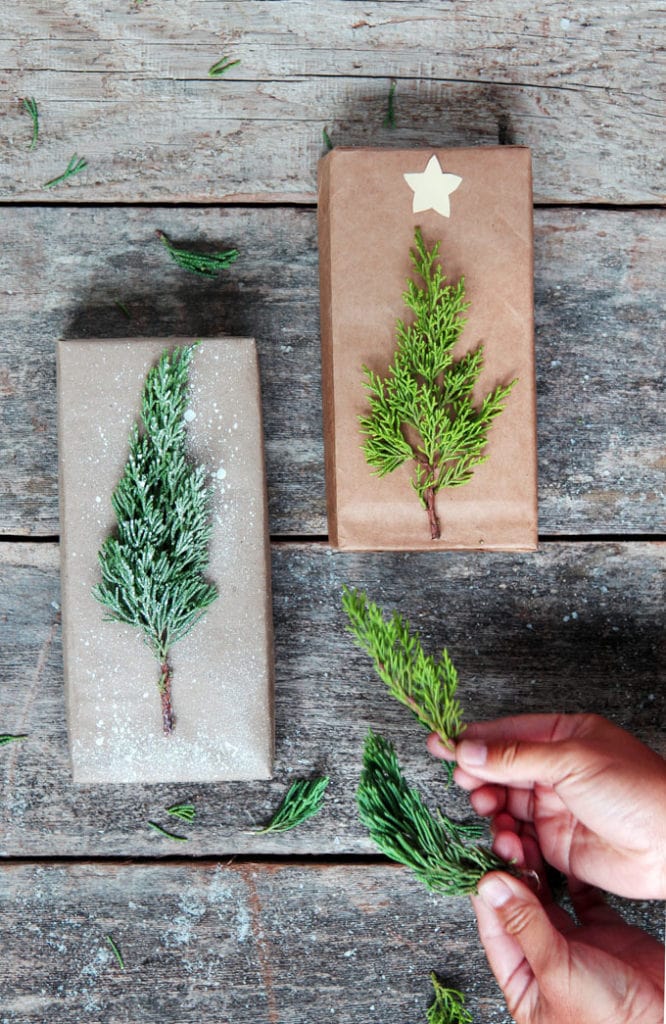
FAQ about DIY air dry clay
How to prevent baking soda clay ornaments from cracking?
Baking soda air dry clay (recipe here) is beautiful and so fun to make, but sometimes it can crack while drying.
To prevent cracking, the short answer is to cook it thoroughly, and dry it slowly.
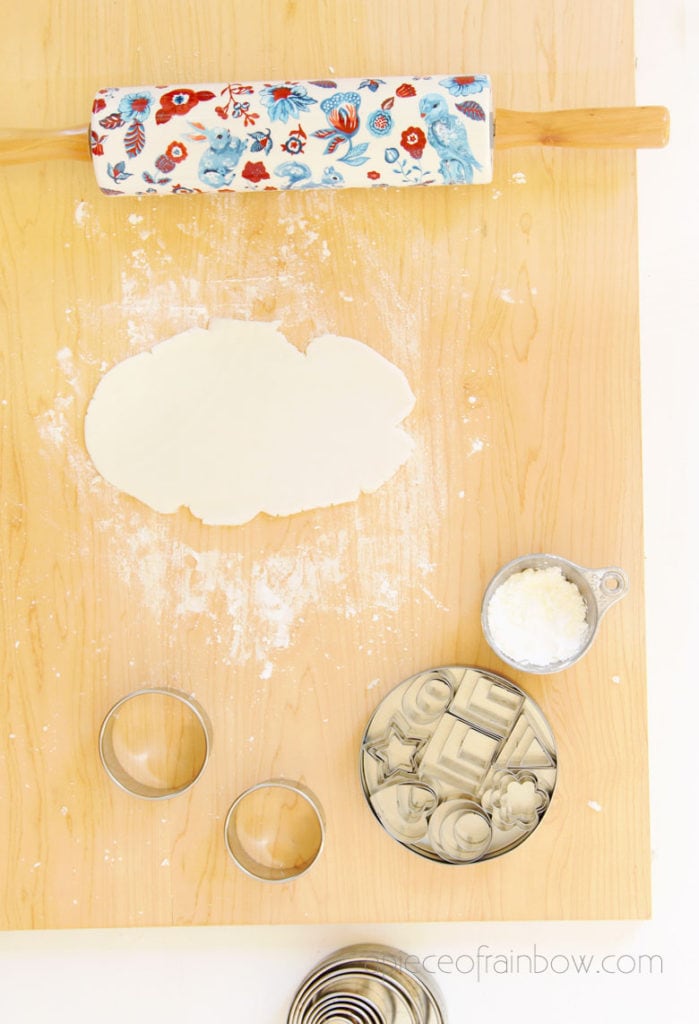
Make sure you measure the ingredients accurately, cook it thoroughly, roll it to thickness of 1/4″ to 1/8″, and let it dry slowly during the first 1-2 days. Flip the pieces gently every few hours to ensure even drying.
If your dough is sticky, it is likely to be undercooked or have too much water, which can lead to cracking.
Baking soda clay can be finicky, but The glue and cornstarch clay is almost fail proof! It never cracks, and does not need baking to become quite strong and durable. so that can be a good alternative.
Is homemade air dry clay strong and durable?
The glue and cornstarch clay becomes very hard and durable after air drying for about 5-7 days. The baking soda clay air dries to the hardness of a cracker or cookie. If you bake it at 200 degree for about 30 minutes, it becomes quite strong.
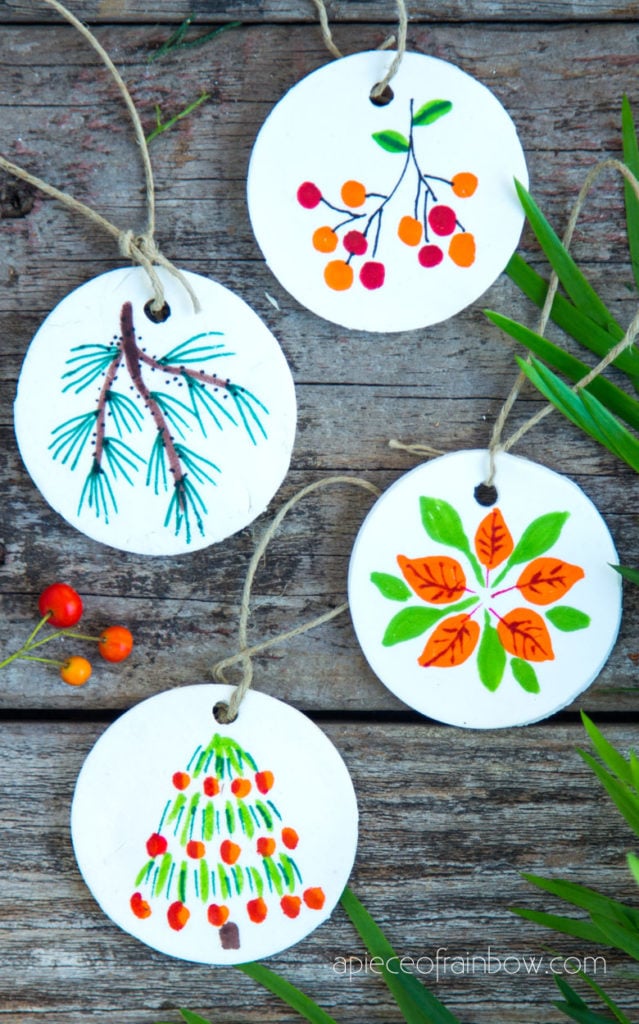
Can I bake DIY air dry clay in the oven?
You don’t need to bake the glue and cornstarch clay. It may puff up or bubble a bit if you do.
Baking soda clay can benefit from baking. see question above.

Does homemade air dry clay crack?
The great thing about the glue and cornstarch clay is that it almost never cracks! Baking soda clay can crack a little while drying.
To prevent cracking, make sure you measure the ingredients precisely, let the clay cook thoroughly, and let the pieces dry slowly away from sun and heat for the first 2-3 days, unless you are baking it.
See more in this tutorial: how to make Christmas ornaments and lighted star garland using homemade clay !

What can I use instead of cornstarch?
Some people are allergic to cornstarch. You can substitute with tapioca starch, or rice flour. Sticky glutenous rice flour (easy to find at asian markets) works great too.
How long does air dry clay keep?
If you wrap them tightly in plastic wrap, they can last for 2 weeks or even longer in the fridge.
Happy creating! See you next week!
Source: https://gardencourte.com
Categories: Recipe

